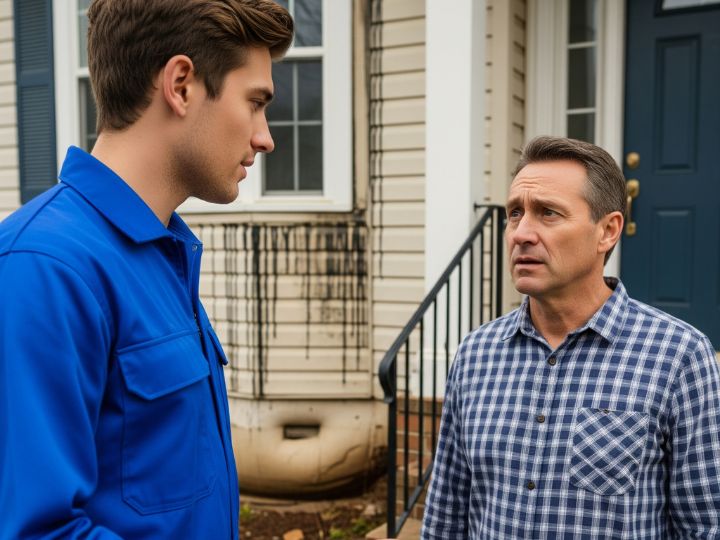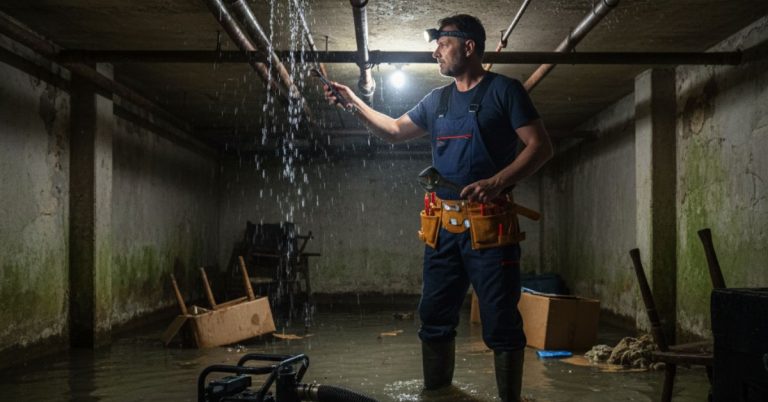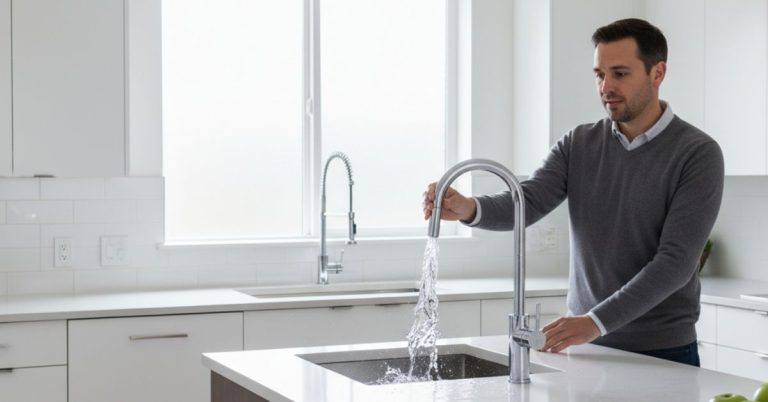A well-maintained plumbing system doesn’t just happen—it starts with a solid seasonal plumbing maintenance schedule. Changing weather can stress your pipes and fixtures, making a proactive approach essential. By following a smart seasonal plumbing schedule, you can prevent costly repairs, boost efficiency, and extend the life of your system. Whether it’s prepping for winter chills or summer water usage, having the right plan for each season keeps your home running smoothly all year round. Ready to protect your plumbing system?
Table of Contents
Spring Plumbing Maintenance Checklist
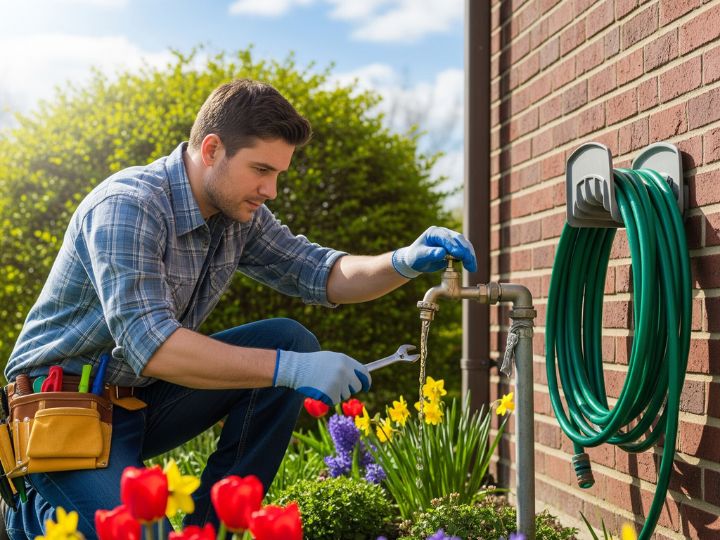
Inspect for Winter Damage
As temperatures begin to rise, spring is the ideal time to check your plumbing system for signs of winter damage. Frozen or burst pipes, especially in uninsulated areas like basements, crawl spaces, or garages, are common problems that need immediate attention.
- Examine pipes for cracks or leaks
- Inspect outdoor spigots and hose bibs
- Test water pressure throughout the home
Check Your Sump Pump
With spring rains and melting snow, your sump pump becomes critical in preventing basement flooding.
- Pour water into the sump pit to test activation
- Clean out any debris from the pit
- Ensure the discharge line is clear and drains away from the foundation
Flush and Inspect Your Water Heater
Sediment build-up can reduce your water heater’s efficiency.
- Drain 2–3 gallons to remove sediment
- Check the temperature setting (recommended at 120°F by the U.S. Department of Energy)
- Inspect for corrosion or leaks
Test Outdoor Plumbing
- Reconnect hoses and test outdoor faucets
- Install backflow prevention devices
- Inspect irrigation systems for clogs or leaks
Summer Plumbing Maintenance Checklist

Examine Sewer Lines
High rainfall and tree root growth during summer can cause sewer line blockages.
- Schedule a sewer camera inspection if you notice slow drains
- Consider root treatments or jetting for older sewer systems
- Monitor for foul odors or gurgling sounds
Inspect Sprinkler Systems
Outdoor plumbing works harder during summer. Ensure your sprinkler system runs efficiently.
- Check each sprinkler head for alignment and blockages
- Repair leaks in underground piping
- Program watering times to avoid overuse
Prevent Clogged Drains
Summer gatherings increase bathroom and kitchen usage.
- Avoid pouring grease down kitchen sinks
- Use drain covers to catch hair and debris
- Run hot water after each use to reduce build-up
Service Your Washing Machine
Increased laundry loads can stress plumbing.
- Check hoses for bulges, cracks, or leaks
- Ensure the machine is level to avoid shaking
- Clean the lint filter if accessible
Fall Plumbing Maintenance Checklist
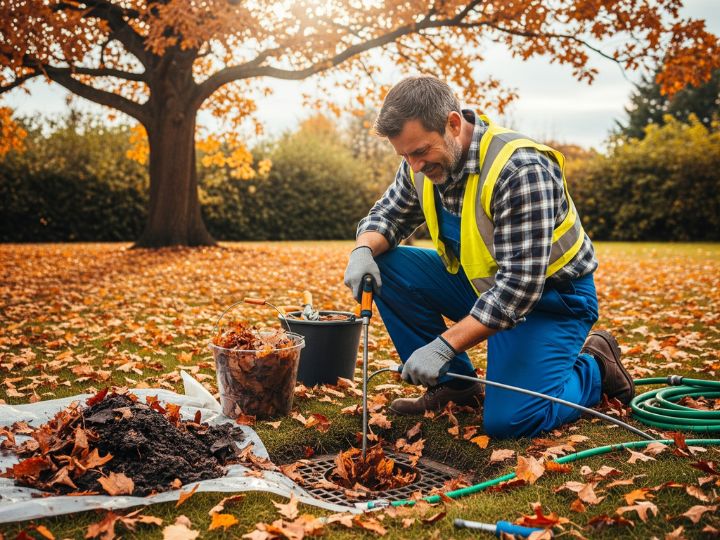
Winterize Outdoor Faucets
Before the first frost, shut off and drain outdoor plumbing.
- Disconnect and store garden hoses
- Shut off outdoor water supply valves
- Install insulated faucet covers
Check Pipe Insulation
Prevent freezing pipes by adding insulation to vulnerable areas.
- Use foam pipe insulation on exposed pipes
- Seal gaps in exterior walls with caulk or spray foam
- Consider heat tape for pipes in unheated zones
Clean Gutters and Downspouts
Clogged gutters can lead to foundation and basement flooding.
- Clear leaves and debris
- Ensure downspouts direct water 3-5 feet away from your home
- Check for sagging or loose connections
Inspect the Water Heater
Colder weather increases demand on your water heater.
- Schedule a professional inspection
- Replace the anode rod if it’s corroded
- Clean around the base for signs of leaks
Winter Plumbing Maintenance Checklist
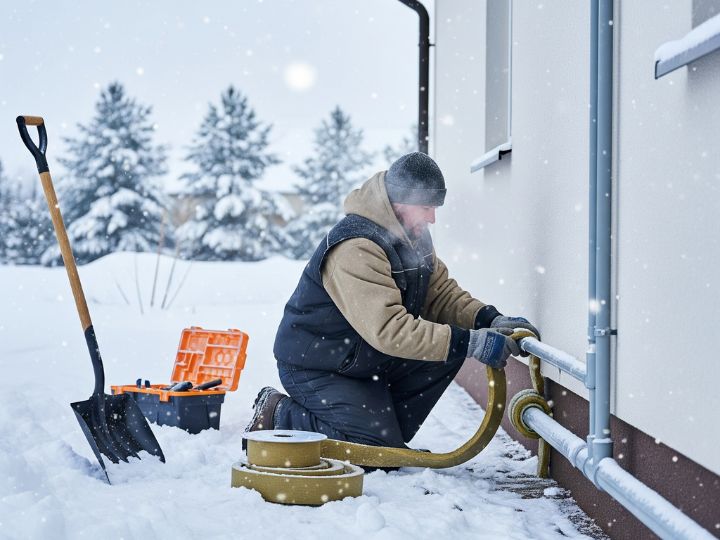
Prevent Frozen Pipes
During frigid months, frozen pipes can burst and flood your home.
- Keep your home heated above 55°F
- Open cabinet doors to expose pipes to warm air
- Let faucets drip slightly on extremely cold nights
Seal Leaks and Cracks
Even minor air leaks can freeze nearby pipes.
- Inspect areas near dryer vents, pipes, and electrical wiring
- Seal with expanding foam or caulking
- Use door sweeps and weather stripping to retain indoor warmth
Check Sump Pump Operation
Snowmelt and winter rain can still cause basement flooding.
- Test sump pump monthly
- Keep the discharge area free of ice
- Have a backup battery installed
Inspect Your Boiler or Water Heater
- Ensure venting systems are free of blockages
- Look for signs of rust or carbon monoxide leaks
- Schedule a seasonal tune-up
Year-Round Plumbing Maintenance Tips
Conduct Monthly Drain Inspections
Keep drains flowing freely by using non-corrosive cleaners or homemade mixtures of baking soda and vinegar.
Monitor Water Pressure
Install a pressure gauge to ensure your home’s water pressure stays between 40-60 psi. High pressure can damage fixtures and pipes.
Get your water heater repaired or replaced the same day
Check for Leaks Regularly
Small leaks waste gallons of water and increase bills.
- Inspect under sinks
- Monitor your water bill for unexpected spikes
- Use food coloring in toilet tanks to check for silent leaks
Schedule Annual Plumbing Inspections
Professional inspections detect hidden issues early.
- Choose a licensed plumber for thorough assessments
- Ask for a checklist of checked components
- Get recommendations for upgrades or repairs
Why Hiring a Plumbing Pro Is Worth It
When it comes to keeping your plumbing system in peak condition, sometimes DIY just isn’t enough. Searching for a plumbing service near me gives you access to trained professionals who can catch hidden issues, perform expert plumbing repairs, and help you avoid costly damage before it starts.
Investing in regular maintenance through a trusted provider like 5 Star Best Plumbing enhances the ROI of preventive plumbing care by minimizing emergency plumbing repairs and extending the lifespan of your entire system. Contact us today to safeguard your home and enjoy worry-free plumbing all year long.
Why Seasonal Plumbing Maintenance Matters
Seasonal plumbing maintenance is essential because your plumbing system is constantly exposed to changing temperatures and weather conditions that can cause wear and tear. Each season presents unique challenges—freezing temperatures in winter, high water usage in summer, or increased rainfall in spring and fall. Without timely upkeep, small issues like minor leaks or clogged drains can turn into costly emergencies.
At 5 Star Best Plumbing, we believe prevention is the key to long-lasting plumbing systems. Regular seasonal checks help identify hidden problems early, reduce utility bills, and extend the life of your fixtures and pipes. Protect your home year-round with expert care.
FAQs
How often should I check my plumbing system for leaks?
It’s best to inspect for leaks monthly by checking under sinks, behind appliances, and along exposed pipes. Early detection helps prevent water damage and reduces your water bill.
Why is seasonal plumbing maintenance necessary?
Each season poses different challenges—freezing in winter, root intrusion in summer, and water pressure changes in spring and fall. A seasonal approach ensures your system is prepared year-round.
When should I winterize my outdoor faucets?
You should winterize outdoor faucets in the fall before the first frost to prevent freezing and pipe bursts. This includes draining water, shutting off supply lines, and installing faucet covers.
What signs indicate a sewer line issue during summer?
Slow drains, foul odors, and gurgling sounds often point to sewer line problems worsened by tree root growth and rainfall. Schedule a camera inspection if you notice these warning signs.
How can I keep my drains clear throughout the year?
Avoid pouring grease or debris down the drains and use strainers in sinks and tubs. Monthly flushes with hot water or a baking soda-vinegar mix help maintain flow.

